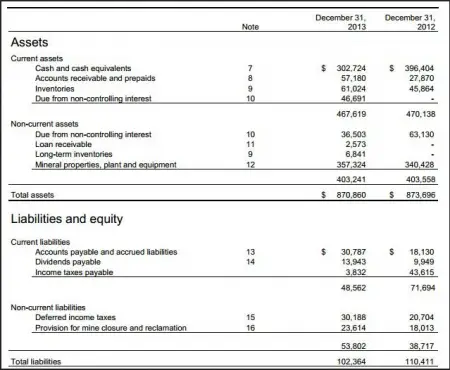Owning a business is not just about knowing how to market your goods for profit, but also knowing how to manage your finances. This means that, whether you like it or not, you need to know the terms used in the finance world to be able to analyze reports and determine your business’s status. All of us know what “liabilities” are as this is not exclusively used for accounting and finance.
However, did you know that there are current and long-term liabilities?
If you didn’t, this article is for you.
Summary Table
| Current Liabilities | Long-Term Liabilities |
| Liabilities that business owners must settle within twelve months or one operating cycle of the balance sheet date | Payables that are due beyond twelve months or one operating cycle; also called “non-current liabilities” or “long term debt” |
| Examples include accounts payable (owed to vendors), notes payable, deferred revenues (goods that have been paid but have not been delivered), wages and salaries, property taxes, insurance, interest, dividends, utilities, employee benefits, and short-term bank loans |
Examples are leases, mortgage, bonds payable, bank notes, bank loans, pension obligations, deferred taxes, post-employment benefits, car payments, and other loans for equipment, land, or machinery |
| Recorded in the balance sheet in the order of their due dates | Written in separate formal documents that include the important details such as principal amount, interest, and due date |
Descriptions

Current liabilities are liabilities that business owners must settle within twelve months or one operating cycle of the balance sheet date. These include:
- Accounts payable (owed to vendors)
- Notes payable
- Deferred revenues (goods that have been paid for but not delivered)
- Wages and salaries
- Property taxes
- Insurance
- Interest
- Dividends
- Utilities
- Employee benefits
- Short-term bank loans
Current liabilities are recorded in the balance sheet in the order of their due dates.
On the other hand, long-term liabilities are payables that are due beyond twelve months or one operating cycle. They are also sometimes called or “non-current liabilities” or “long term debt.”
Examples of long-term liabilities are:
- Leases
- A mortgage
- Bonds payable
- Bank notes
- Bank loans
- Pension obligations
- Deferred taxes
- Post-employment benefits
- Car payments
- Other loans for equipment, land, or machinery
Long-term liabilities are usually recorded in separate formal documents that include the important details such as the principal amount, interest, and due date.
Current vs Long-Term Liabilities
What, then, is the difference between current and long-term liabilities?
Current liabilities are those that are payable within one year or one operating cycle. These liabilities are written on the balance sheet in order of the due dates.
Examples include accounts payable (owed to vendors), notes payable, deferred revenues (goods that have been paid for but not delivered), wages and salaries, etc.
On the contrary, long-term liabilities are those that are payable beyond one year or one operating cycle.
These liabilities are written in separate formal documents which include the important details.
Examples of long-term liabilities include leases, a mortgage, bonds payable, bank notes, bank loans, pension obligations, etc.





